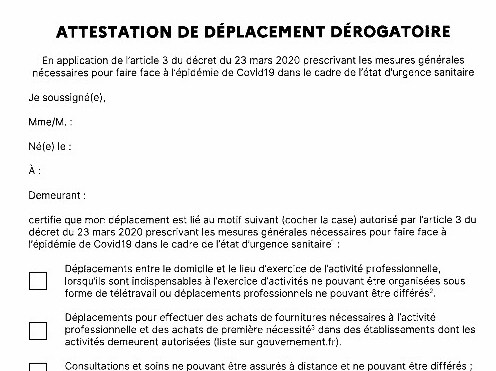For many weeks, I was struck by the extent to which media like the New York Times, or governors like Cuomo, justify authoritative acts through a form of what my generation of anthropologists called “functionalism.” They keep telling us that the new order or regulation is the best, and sometime even only, act that will slow the spread of C19. In general, functionalism operates on the idea that, in the not so long run, everything human beings do, however odd it may appear, is the one best solution to achieve a practical, material, goal, given a particular local group (society, system, etc.) at a particular time in its history. At his most combative, Harris argued for example (1966) that cows were “sacred” to Hindus in India because they eat garbage, produce fuel and store milk, and all these tasks are best performed if the cows stay skinny and roam the streets.
Malinowski, to my teachers at Chicago, was the poster anthropologist for functionalism. In the 1960s Marvin Harris at Columbia was the most pugnacious of the functionalists. As Lévi-Strauss once put it in his usual pithy way, for functionalists “totems are good to eat” ([1962] 1963: ).
Whether closing restaurants in March 2020 was functionally necessary, or a form of poetic deep play, is something that will be debated for years. What is certain (at least to me) is that closing restaurants (and vast empty national parks, beaches, etc.) was justified in functionalist terms: all the acts of these weeks in March and April were the best practical, functional ones our governors could think of, based on what experts were telling them. Some governors resisted. Experts disagreed. But the justifications in any debate arising at the time were consistent: this had to be done in just this way.

A few weeks into the Corona epoch, what must have confused some of our most thoughtful governors was the variety of the responses other governors were giving to the same health challenge, even when following the advice of similarly credentialized epidemiologists. The virus remained the same, but what governors were doing about it was not. Without mentioning the more controversial figures, it remains a puzzle how the governors of Sweden decided on a very different road than the one taken by about every other governor in what is generally named these days “the global North.” The range of expert, authoritative, advice was the same everywhere (and similarly fast evolving) but the response was not. As I argued elsewhere, [1] the advice, as is the case with any speech act, is a trigger, not a cause—even though some governors at least try to say otherwise.
By June, as the virus seemed to move away from places like France or New York State, the variation in the governors’ responses greatly expanded. On such matters as opening, or not, beaches and forests, restaurants (inside or outside), barber shops and clothing stores, the governors of various localities came up with different solutions and time lines. Some boundaries between localities remain, in middle July, still hard (e.g. between France and the US), though others are variously made porous (e.g. between France and Italy or Germany). As the virus started to pop in places that it appeared to have by-passed (say Florida or Texas) governors came up with even more variations. Noone, so far, appears to have returned to March 2020 regulations—though it would not be surprising if some governors tried.
To a cultural anthropologist steeped in the Boasian tradition, the emerging and expanding variation in the responses to C19 are something to expect and I will dare say “respect.” That is, human beings, throughout history (cultureS) have always found other ways to live within an environment. Given a challenge, from finding food in a forest, to some virus starting to kill them, human beings will find other responses that may also be “suitable” (Boas 1887) for the problem at hand. Ruth Benedict once asked us (1932) to marvel at the multiplicity of rituals on such fundamental matters as mourning a death, even across populations fully aware of their neighbors’ doing. All of them must perform the same “function” but in quite different ways, and with different costs. As Lévi-Strauss also put it, “totems are good to think” (1971: 560). Note that this is not be taken in a cognitive way. Dealing with a threatening virus will make anyone think, but eventually, only some of what people can imagine will be “adopted in the collective mode” (Lévi-Strauss 1971: 560), that is only some symbolic forms will become institutionalized by governors, enforced over a population, and resisted by some, sometime.
All this must a problem for epidemiologists and governors…
REFERENCES
References
Benedict, Ruth 1932 “Configurations of culture in North America” American Anthropologist 34:1-27.
Boas, Franz 1887 “The occurrence of similar inventions in areas widely apart.” [2] Science 9, 224:486
Harris, Marvin 2014 Title. Publisher
Lévi-Strauss, Claude [1962] 1963 Totemism. Tr. by R. Needham. Boston: Beacon Press.
Lévi-Strauss, Claude [1971] 1981 The naked man. Tr. by J. and D. Weightman. New York: Harper & Row..